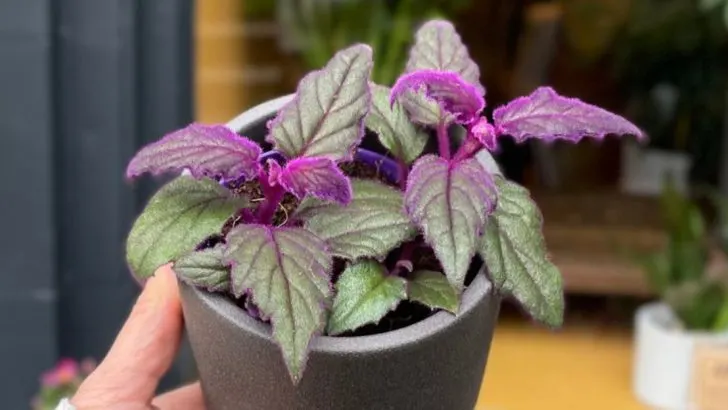The Purple Passion Plant (Gynura aurantiaca) is a showstopper with its vibrant, velvety purple foliage that adds a touch of drama to any indoor plant collection. But behind its stunning looks lies a plant with a few quirks and needs every grower should understand before bringing one home.
Whether you’re drawn to its unique texture, fast-growing vines, or unusual orange flowers, success with this plant means knowing how to handle its light sensitivity, moisture preferences, and occasional growth spurt tantrums.
From watering tips and ideal lighting to propagation hacks and common mistakes to avoid, here are 14 essential things to know before growing a Purple Passion Plant—so you can keep its color bold and its growth thriving.
Lighting Requirements
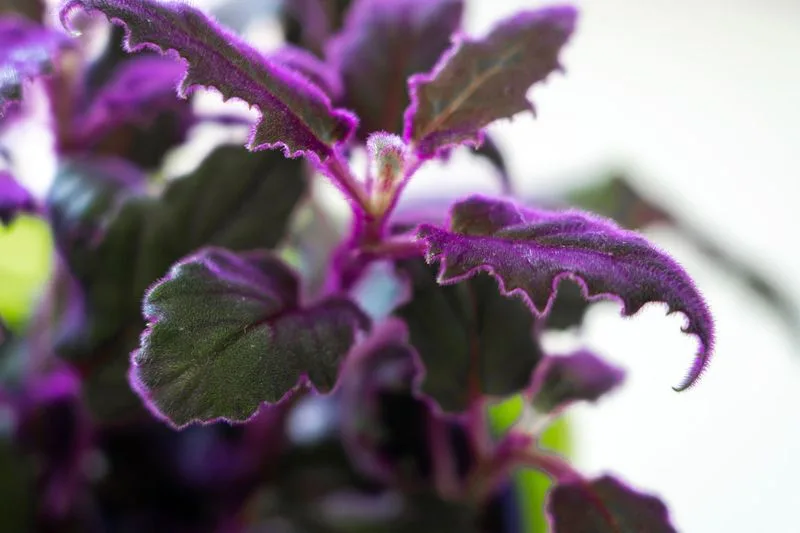
The Purple Passion Plant flourishes in bright, indirect light. Imagine placing it near a sun-drenched window where curtains filter the harsh rays, creating the perfect ambiance. Direct sunlight can scorch its delicate leaves, while too little light may dull its vibrant hue.
Watering Techniques
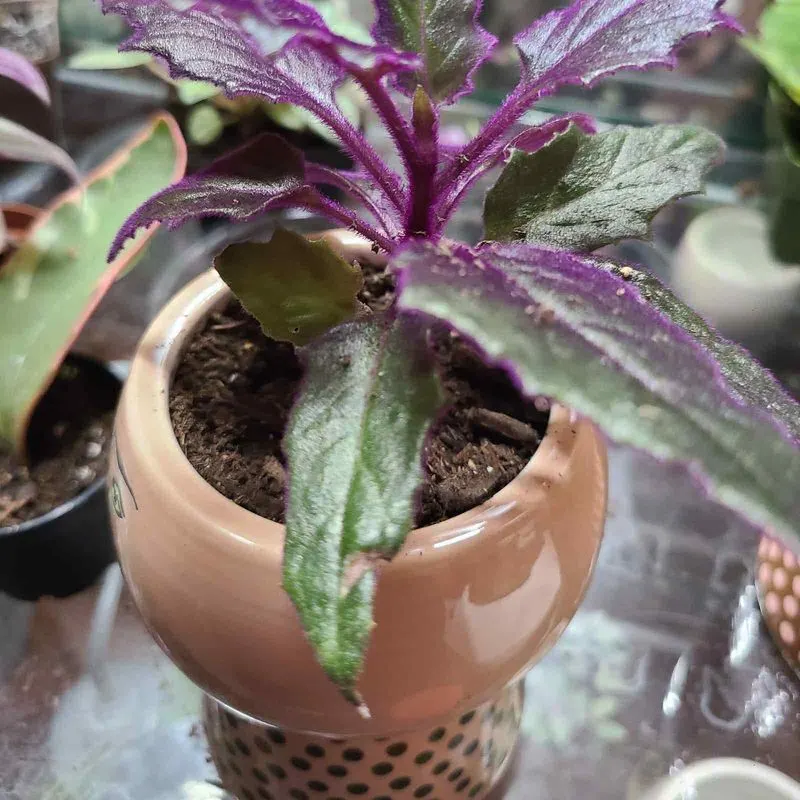
Watering the Purple Passion Plant demands a keen observation of its soil. Allow the top inch to dry out before quenching its thirst. Overwatering can lead to root rot, a common pitfall for beginners.
Humidity Levels
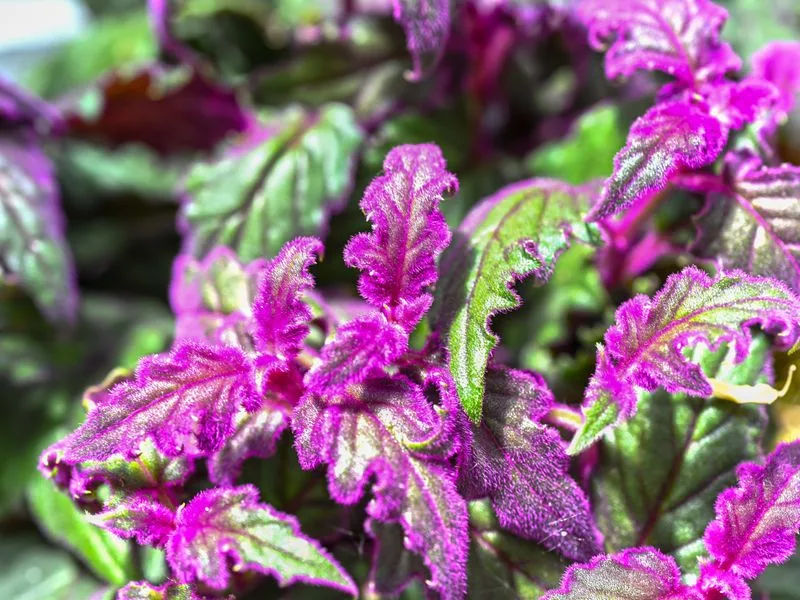
High humidity is a friend to the Purple Passion Plant. Picture a cozy nook with a small humidifier gently enveloping your plant in a soothing mist. Dry air can cause leaf tips to brown, detracting from its beauty.
Soil Preferences
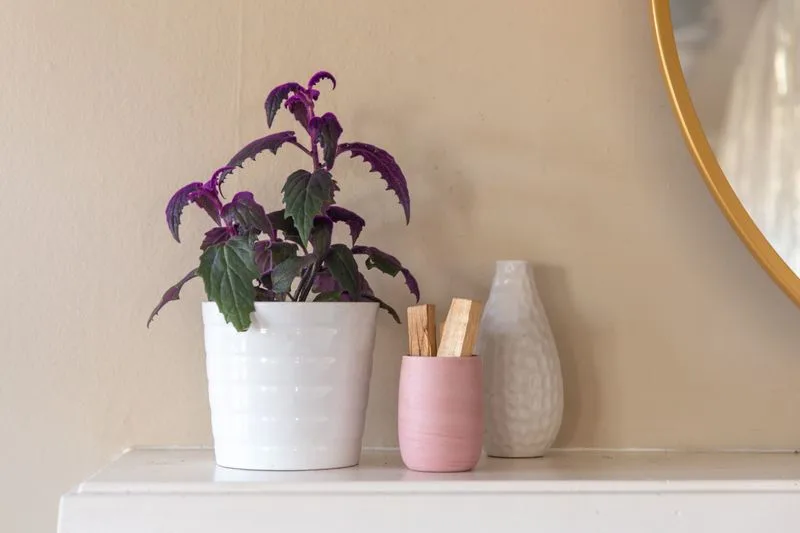
Opt for a well-draining potting mix to keep your Purple Passion Plant happy. Imagine a blend of peat, perlite, and sand that allows excess water to escape, preventing soggy roots. This soil setup mimics its natural environment.
Temperature Tolerance
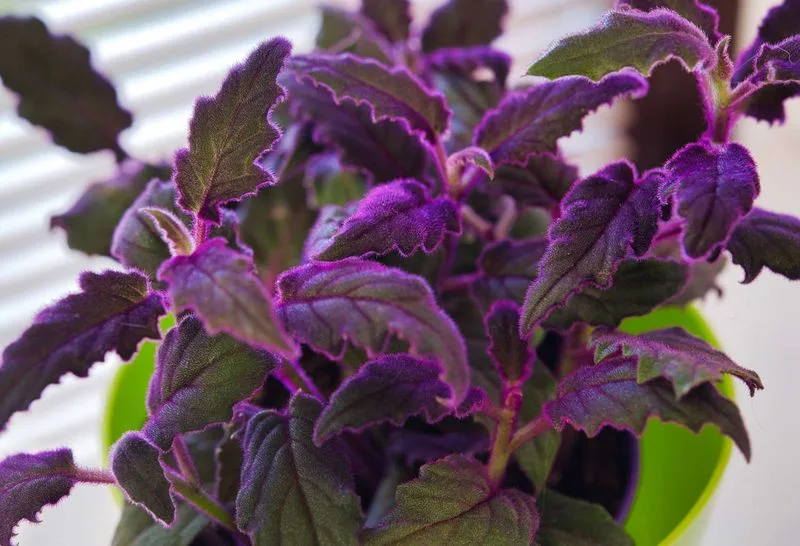
Keep your Purple Passion Plant in a comfortable zone, ideally between 60 to 75°F. Think of it as a preference for mild, consistent temperatures. Sudden chills or heatwaves can disrupt its growth.
Fertilizing Needs
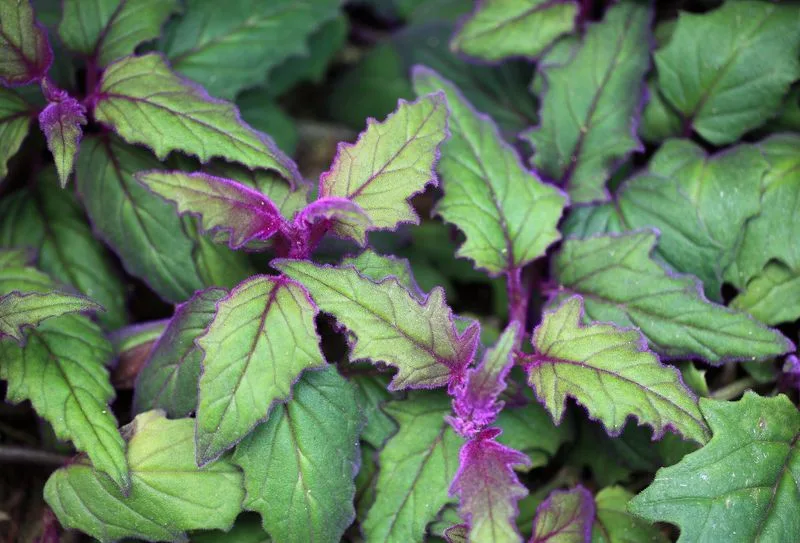
Feeding your Purple Passion Plant calls for a balanced liquid fertilizer every month during growing seasons. Visualize a lush green plant responding to this nourishment with vibrant leaves and vigorous growth.
Pruning Practices
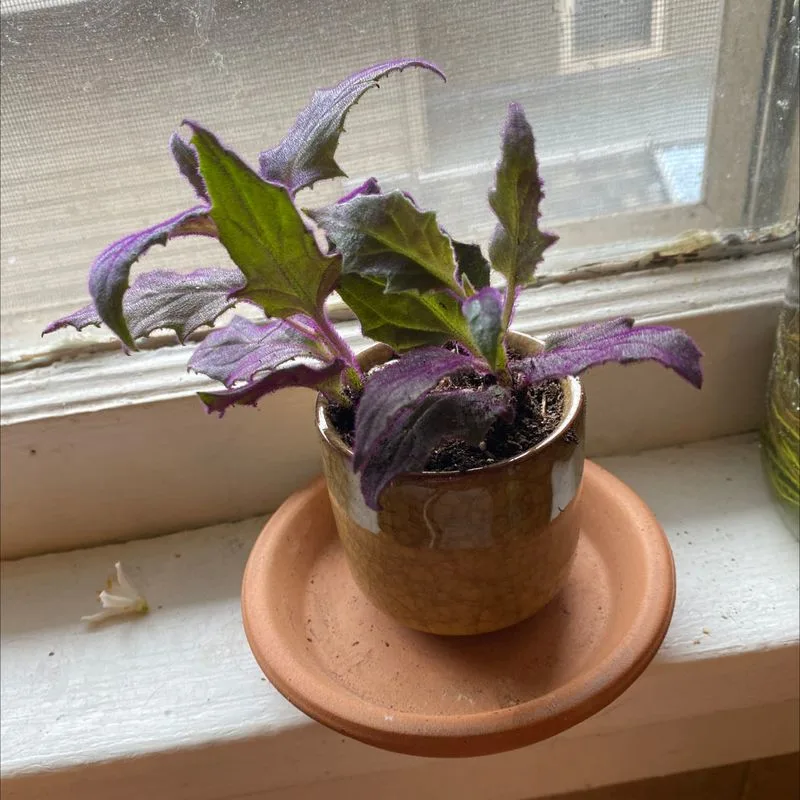
Regular pruning keeps the Purple Passion Plant well-shaped and encourages bushier growth. Imagine snipping away straggly vines to maintain its full-bodied appearance. This task also helps in removing any dead or damaged leaves.
Propagation Methods
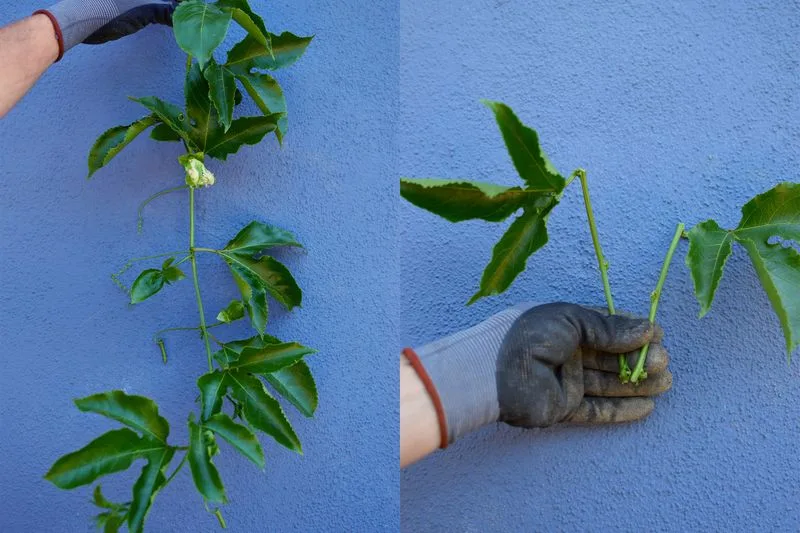
Propagating adds to the joy of caring for a Purple Passion Plant. Picture taking a healthy stem cutting and placing it in water or soil, watching roots sprout over time. This process not only multiplies your collection but also rejuvenates older plants.
Pest Management
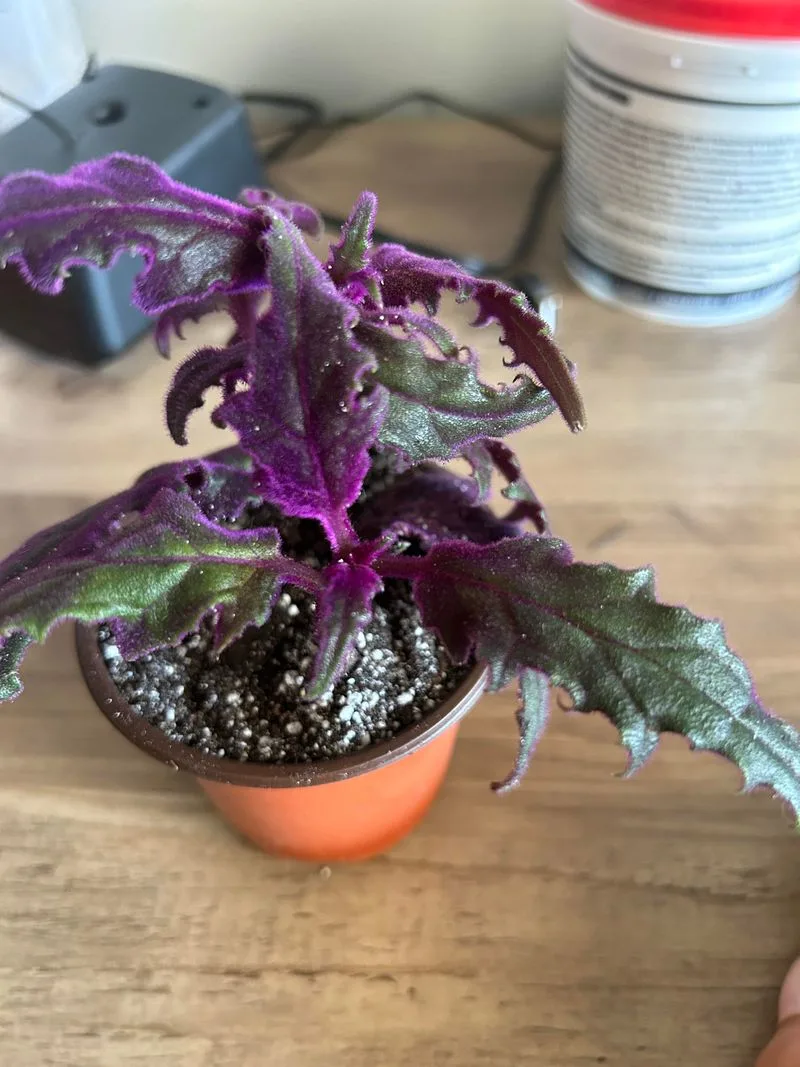
Vigilance is key when guarding your Purple Passion Plant against pests. Imagine inspecting leaves with a magnifying glass to catch early signs of infestation, like aphids or spider mites. Prompt action ensures a pest-free environment.
Pot Choice
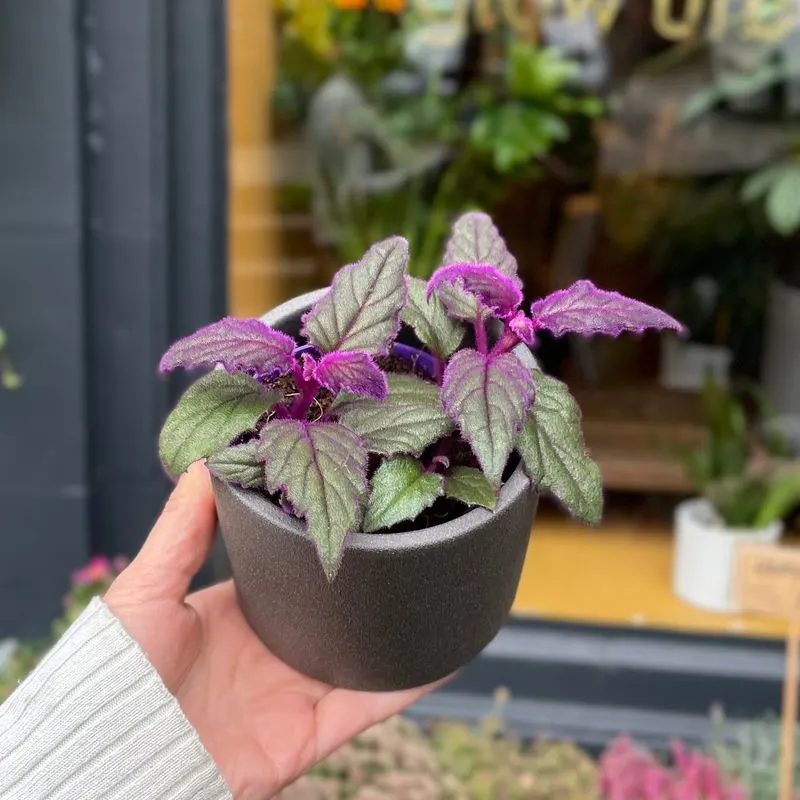
The right pot makes all the difference for your plant’s health. Consider a ceramic or terracotta pot with drainage holes, offering both style and practicality. It keeps the roots aerated and prevents waterlogging.
Repotting Guidelines
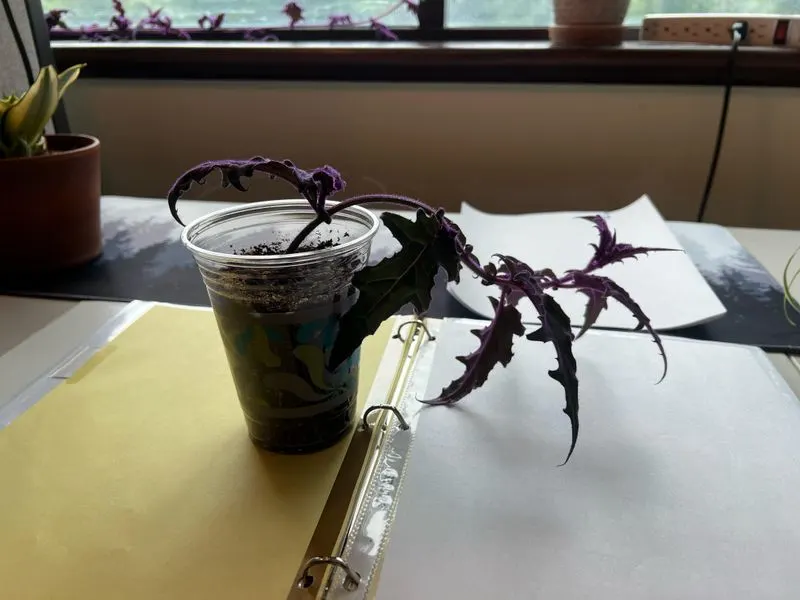
Repotting is essential as your Purple Passion Plant grows. Imagine transitioning it to a larger home when roots outgrow the current pot. This encourages continued healthy development and prevents root-bound issues.
Common Challenges

Every plant has its quirks, and Purple Passion is no exception. Be prepared for potential leaf discoloration or wilting. Recognizing these signs early allows for quick interventions, like adjusting light or watering habits.
Toxicity Awareness
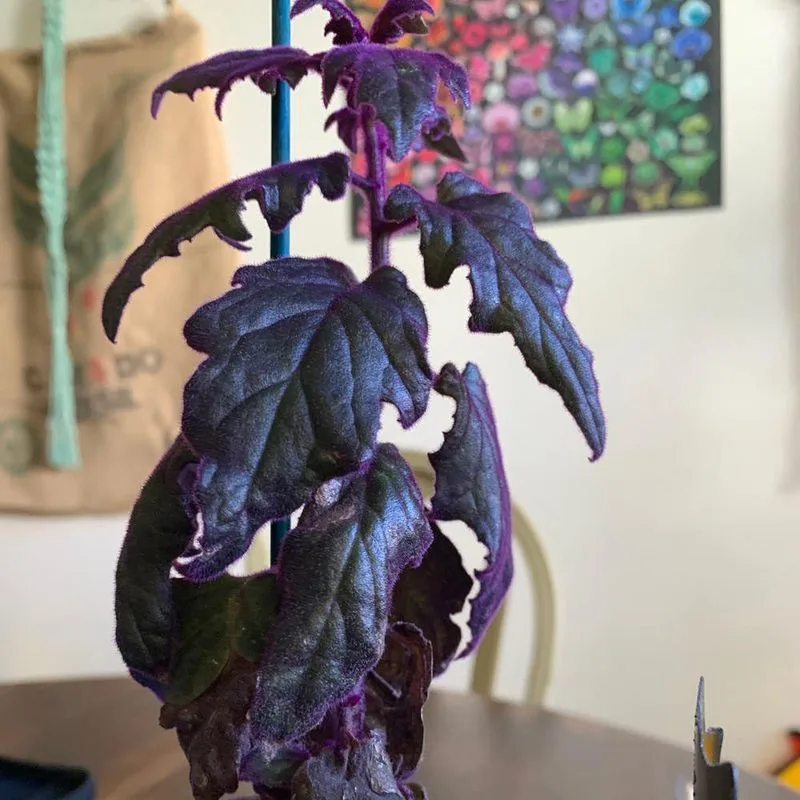
Awareness of the Purple Passion Plant’s toxicity is crucial for pet owners. A small warning sign nearby can remind everyone that ingestion by pets may cause discomfort. This knowledge ensures a safe environment for all.
Aesthetic Appeal
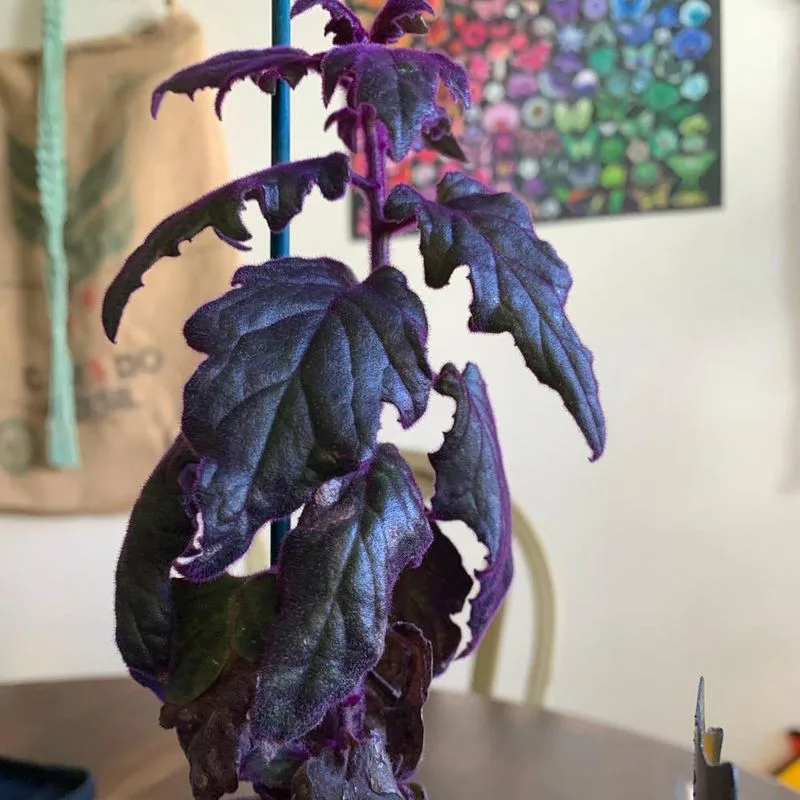
The vibrant allure of the Purple Passion Plant makes it a delightful visual centerpiece. Imagine its rich purple leaves adding a splash of color to any room. Its presence can transform mundane spaces into inviting havens.

